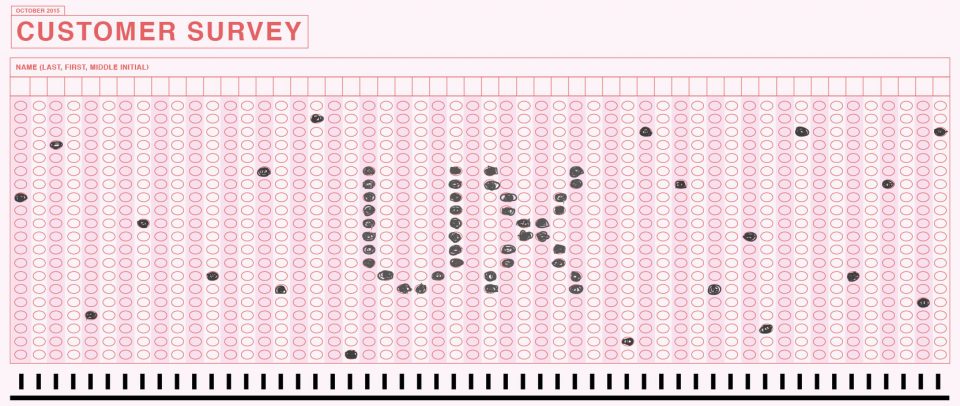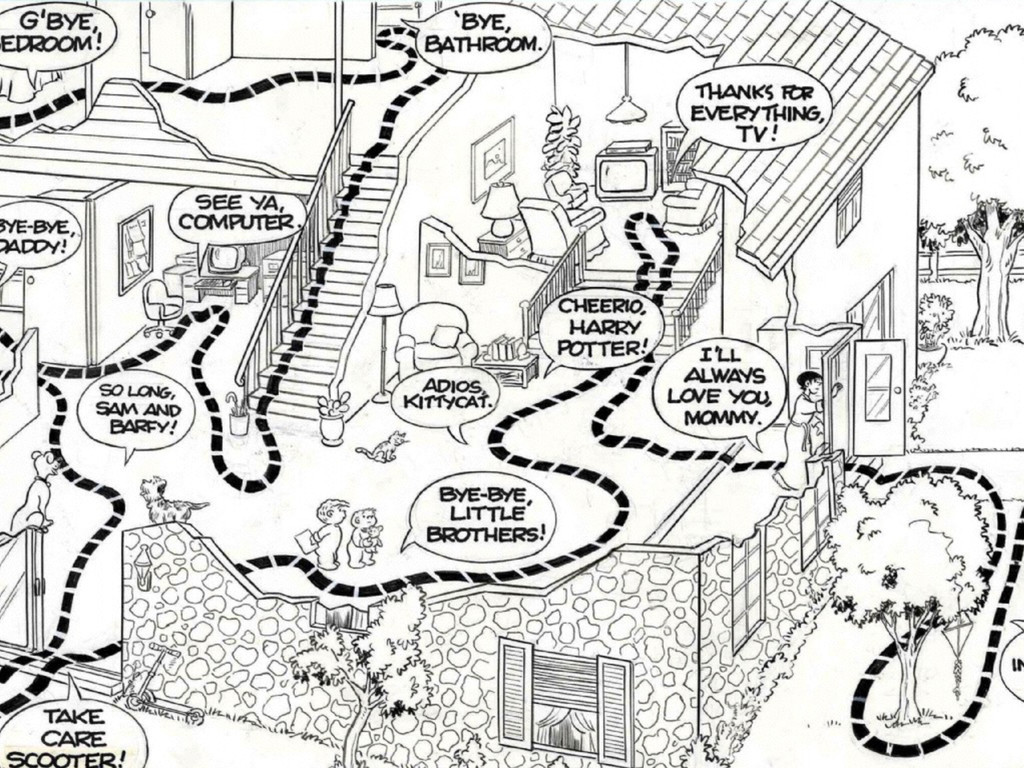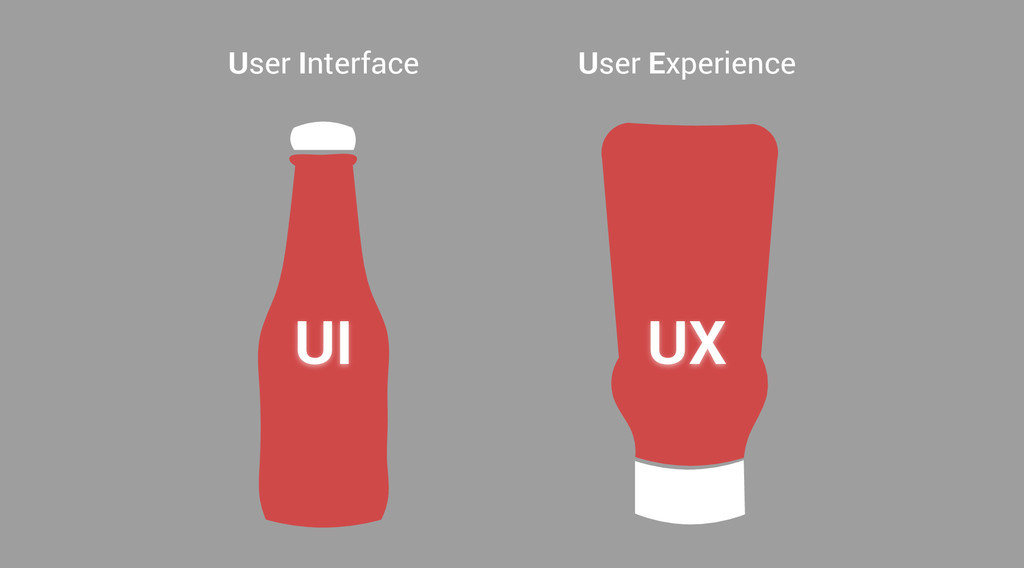How to Use Customer Feedback to Improve User Experience
What do we use to define the user experience of our products? Is your definition based on design principles that you have learned from books or websites? Or does it emerge from customer feedback to identify the flaws and possible solutions in your design choices? Without a doubt, tapping into customers’ feedback can be an invaluable part of your business.
These days, we see sites similar to Product Hunt in which a startup publicly shares the first iteration of their product. This is the first step of listening to the community feedback, utilizing people who (hopefully) will become regular customers. At this stage, it’s worth pointing out that customer feedback will usually touch on the user interface and the user experience. Yet, there’s a downside: The feedback is from only a small portion of potential customers who could provide insights to your products functionality and usability.
How accessible is your product?
Even though modern day web design is built on the tenets of simplicity and usability, there are occasions when we create an experience that isn’t universally loved. For example, some users may be abandoning your product because of lack of instructions on how to get started! Have you taken all the precautions to ensure that your product speaks for itself?
Here are some questions to ask your existing customers:
What was the most frustrating part about the onboarding process, if any?
How much have you relied on the product documentation (as opposed to email or phone communication)? What can be done to improve it?
Did the product exceed your expectations from the description on the product page?
How did your view of the product change once you started using it?
Data gleaned from these answers will give you insights into the onboarding experience and whether your product holds up to the promises shared on your product page. Quite often, many of customers will share the same stories and feedback, providing a focus area for improvement.
Favorite (to Least Favorite) Features
Whether it’s an application that scans popular content or a graph that ranks news articles according to their social media stats, every product has favorite and least favorite features. While you should be monitoring feature favorability with built-in analytics, this hard data will only give you a basic understanding of the features that your customers abandon. To truly understand favorability, you have to get into the mind of the customer.
This line of questioning poses a significant threat to the way customers understand our product (and in turn their answers). Here is an example: Let’s say you have a product that ranks and monitors the customers’ shared social media content. This can be considered as a favorite feature (as it is used a lot), whereas giving the customer the ability to browse this data only from the app/website alone can be considered the least favorite.
Naturally, you would want to implement a feature that allows users to export their data through a PDF or CSV. While this is fine, your customers might also ask to implement new features, such as exporting other users’ data. Unless this is the direction to which you wish to take with your product, it is important to know when to draw the line and say no. This becomes more and more evident as you continue to work with your product and integrate more feedback. No matter what, you’re the one in charge of the final decision.
Mobile and Desktop Customers
Popular social media networks, such as Facebook, Pinterest, and Twitter, work well as both mobile and desktop apps. But both experiences are so different in style and general usability that we have to get used to both individually.
It’s no shocker that if you want to really understand the way your apps and sites work for your users, you have to go the extra mile and listen to both desktop and mobile users equally. Maybe there are certain functions on the desktop version of the product that your customers would like available for mobile. To acquire this knowledge, we must take the first step of asking our users.
Getting to Know the Customers
The first phase is always about the technicalities, understanding what, how, and why the customer is interacting with your product and their intended results. In this ever-growing marketplace, it’s no wonder customers are looking for reliable and trustworthy products with long-term potential.
This is where we have to begin to know our customers on a slightly more personal level, even if it’s a brief questionnaire. Questions, of course, are just one way of diving into the mind of the customer. There are countless other outlets, such as social media interactions and data mining, that you can use to get in touch with your customers (Larisa Bedgood has more on this). Your job is to understand the product through the eyes of the customer. By keeping questions to a bare minimum, you gain concise answers that can improve the quality of the product, the quality of support, and, finally, the quality of the relationships you have with your customers.
Here are some examples:
How did you find our product?
What were you hoping to gain out of our product upon first use?
What’s your preference in terms of staying in touch with the support team?
How would you rate your overall satisfaction with the product?
How pleased were you with the checkout process?
What do you value the most about our product?
How would you describe our product to a friend?
What made you purchase our product? Was it the promise or the marketing?
Pick and choose from this list to use the ones that will best resonate with your current business operations. It’s also not a bad idea to consider a small survey campaign, where you could reward customers taking it with special offers and/or physical or financial prizes (we all know how far encouragement can go!).
Wrapping It All Up
Whether in beta testing or months after a product launch, customer feedback is an invaluable resource. Customers enjoy being a part of development, especially as they see improvements in both the short and long term.
What better way to create a special product than making the customers an intrinsic part of its development?








